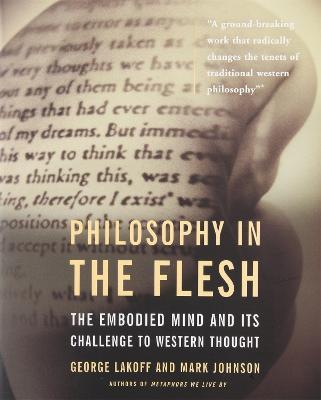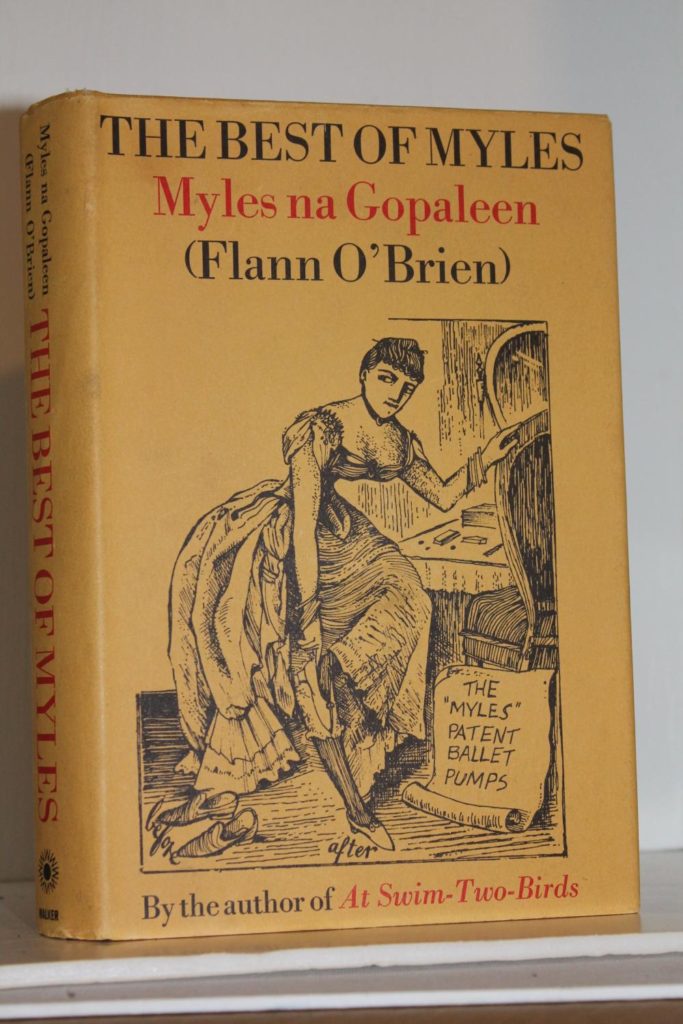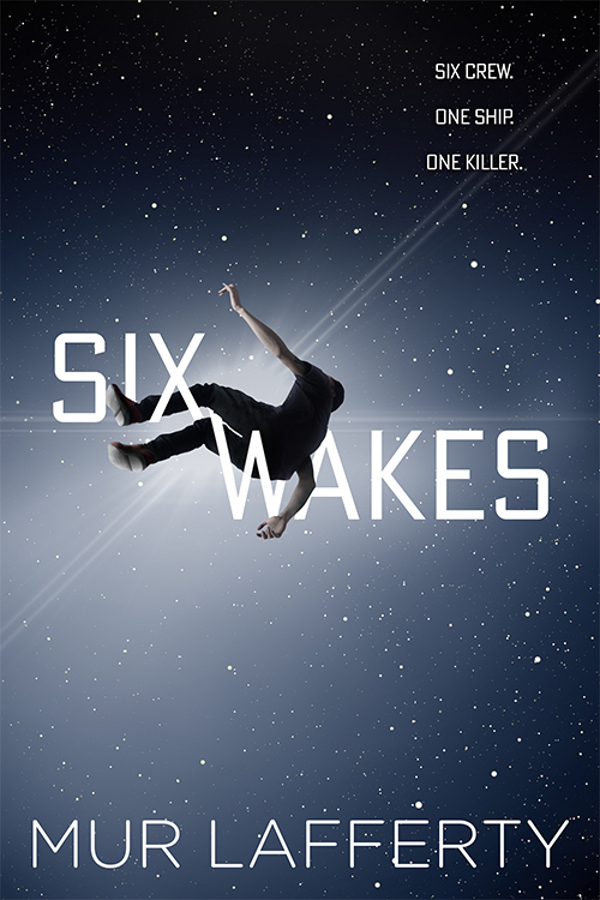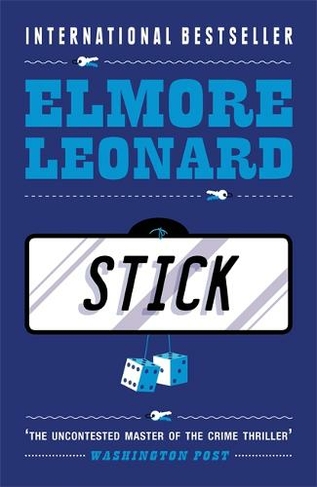After The Best of Myles made me realize how little I knew about Ireland, Fintan O’Toole was a guest on one of my favorite podcasts to discuss his new book, We Don’t Know Ourselves. I put a hold on it at the library while I was still in the middle of Philosophy in the Flesh, expecting it to take a couple weeks for such a doorstopper to be available, but lo and behold it was ready to take home a couple days later.
In other words, May was an intense month of reading for me!
We Don’t Know Ourselves: A Personal History of Ireland Since 1958 takes an approach to a rather broad topic (twentieth century Irish history) that resembles the one Christle uses in The Crying Book. Like Christle uses her grieving process to lead the reader through historical views on crying, grief, and “hysteria,” O’Toole ties his own life to larger events happening in Ireland at the time: a discussion of his parents’ wedding photo transitions into a brief explainer on Irish city planning in the 50s, an early job at a department store segues into Ireland’s economy in the 90s. Unlike Christle, however, O’Toole structures his personal history in discrete, concrete sections: each chapter covers a specific topic and focuses, more or less, on a single year. (The departure point is 1958, the year he was born.) He also returns to the idea of “unknown knowns”: the open secrets in Irish culture, at the local as well as national level, that shaped the arc of many of the events covered in the book. So many things, according to O’Toole, happened in plain sight but nonetheless were never bluntly stated in polite conversation. Hence the title of the book.
We Don’t Know Ourselves is a doorstopper of a book but it’s breezy reading that goes fast. Usually in books with this kind of scope I get lost in all of the names, but recurring figures are contextualized and grounded well enough that I had no problem keeping track of all of the threads. Will I remember everything I read? Of course not. Do I have a better context and bird’s eye view of contemporary Ireland and how it’s situated in European politics? Definitely.
I still wouldn’t count on me to know the answers to any pub quiz questions, though.










